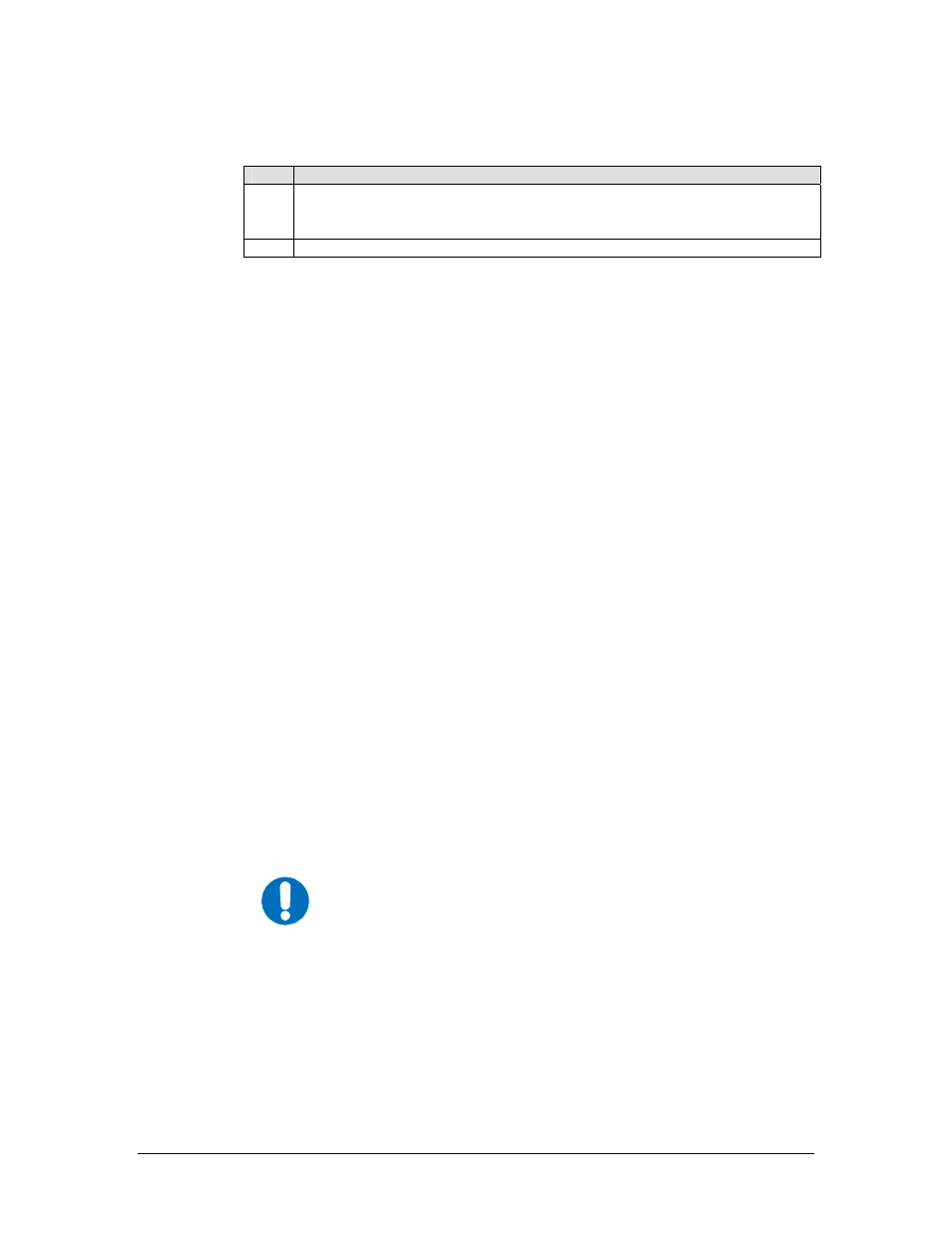Idr/ibs g.703 master/master, Idr/ibs g.703 master/slave, 4 idr/ibs g.703 master/slave – Comtech EF Data SDM-300A User Manual
Page 222

SDM-300A Satellite Modem
Revision 6
Clocking Options
MN/SDM300A.IOM
7-2
Step
Procedure
1
Select TX TERRESTRIAL for the TX clock source when in loop timing, if the user
equipment is being slaved off the modem. The SCT (LOOP) indication serves as a
reminder that the SCT internal clock is now the recovered clock, not the internal oscillator.
2
Select SCT (LOOP) when the terrestrial equipment does not provide a TX terrestrial clock
7.1.3
IDR/IBS G.703 Master/Master
Use this application when both earth stations have high stability clocks and the
received data is to be clocked to the local network. Refer to Figure 7-3 for:
• Clocking block diagram
• Transmit clock options
• Buffer clock options
The disadvantage of the master/master application is that the receive data will
slip, as the clocks will not be synchronized. If the buffer is properly set up, the
slips will be an exact frame length, causing minimum loss of data. By using very
high stability clocks, the expected time between slips can be several days.
Loss of the buffer clock will mean the buffer will not be emptied and data will
not be available. The buffer clock will normally revert to the low stability
internal reference automatically.
7.1.4 IDR/IBS
G.703
Master/Slave
Use this application when the far end earth station does not have local access to a
high stability reference clock, or when it is not required to synchronize with a
local clock. Refer to Figure 7-4 for:
• Clocking block diagram
• Transmit clock options
• Buffer clock options for using external loop timing
IMPORTANT
Modem loop timing does not apply for G.703 operation.
The terrestrial equipment must select loop timing to recover the clock off the
receive data and use that recovered clock for the transmit data.
The disadvantage of the master/slave application is that the signal received at the
slave station is subject to Doppler shift. The length of the buffer at the master end
will need to be twice the length that is normally required, compensating for the
Doppler shift on the outward and return paths.
